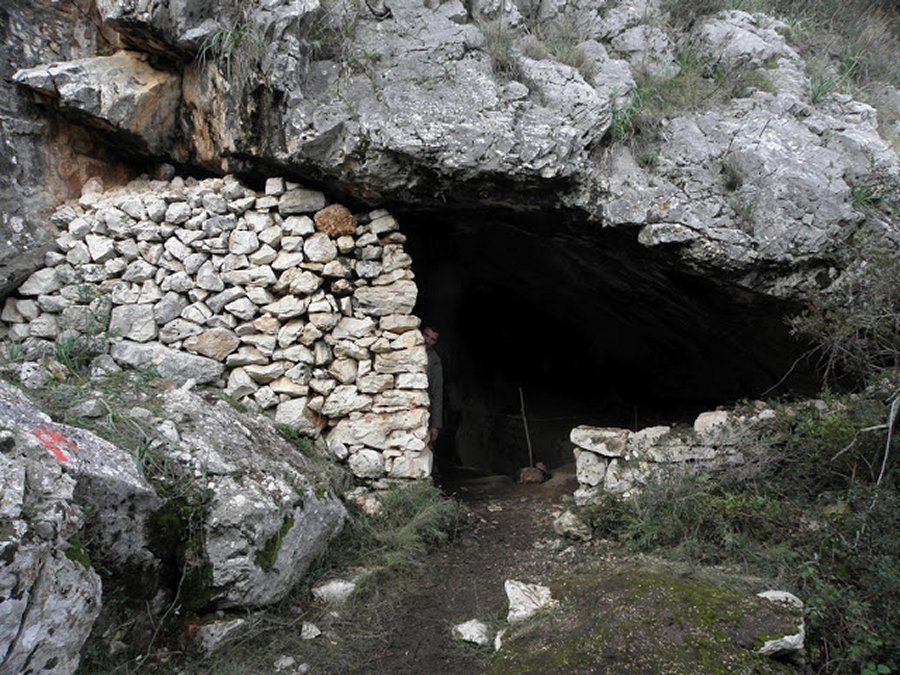Prehistoric Sime Skeleton And Now 15,000-Year-Old Bone Pendant Depicting ‘Venus’ Found In Vlakno Cave, Croatia
Conny Waters - AncientPages.com - Earlier excavations (2011) in the Vlakno Cave, Croatia revealed the remains of a human skeleton belonging to a man, whose age was estimated at 11 000 years ago (early Mesolithic).
He was named “the oldest Dalmatian Šime” (a very common Dalmatian name) and the archaeologists estimated his age to 40 years old at the time of death, between 168 and 172 centimeters tall and died of a nonviolent death.
Now, a 15.000-year-old bone pendant carved in the shape of a female figure has been unearthed by archaeologists excavating Vlakno Cave on Croatia's Dugi Otok island in Croatia.
Vlakno Cave, located in the middle of Dugi Otok, has a large entrance overlooking Rava island and a water spring nearby, making it an ideal location for a settlement of a small community from prehistoric times onwards.
Cave Vlakno 11 000 BC. In earlier excavations, about 11 000-year-old, almost complete skeleton of Vladno Cave, was found lying in straight position placed near the fire site. Credit: University of Zadar
Dugi Otok region and Vlakno Cave have old history that goes back to thousands of years.. The region was inhabited from the earliest times that people remember. Among others, the remains of Illyrian settlements have been found during excavations.
The scientific value is enormous because there are almost no human findings in Dalmatia from this period.
Excavations at Vlanko Cave have been conducted for over 15 years and have reached a depth of five meters, uncovering multiple cultural layers that can be traced back 19,500 years.
Artifacts discovered at the site include bones of larger animals such as deer, wild horses and aurochs which suggest that hunting was the main source of food for the inhabitants of Vlakno Cave in the Palaeolithic Age.
Numerous tools and weapons have also been found, including two bone harpoons that stand out as extraordinary findings, since the use of harpoons in southeastern Europe is extremely rare before the Mesolithic.
Dr. Dario Vujevic, a researcher from the Department of Archaeology at the University in Zadar, says the bone carving is the first depiction of the human form from the Palaeolithic found in Croatia.
The figurine has been named Lili as a tribute to a colleague who has been actively involved in the excavations for many years.
Although Lili doesn't have prominent physical attributes like some of her famous counterparts, such as the Venus of Willendorf from Austria, all objects of this sort are described as female figures and belong to the category of the so-called 'Palaeolithic Venus'.
According to Vujevic, similar examples have been found in Dolni Vestovice in the Czech Republic and Mal'ta in Russia.
Written by Conny Waters – AncientPages.com Staff Writer
AncientPages.com
Expand for references
























